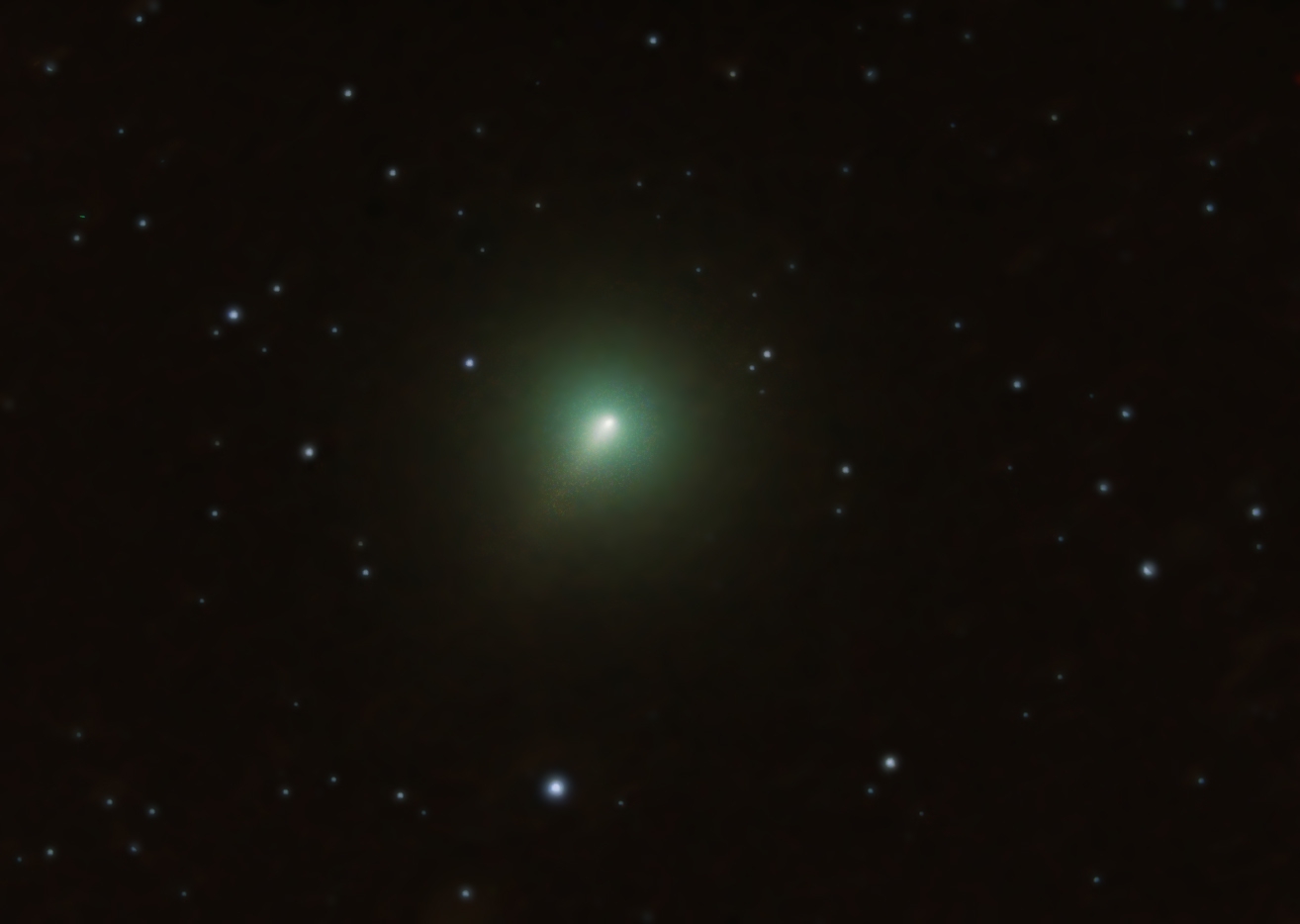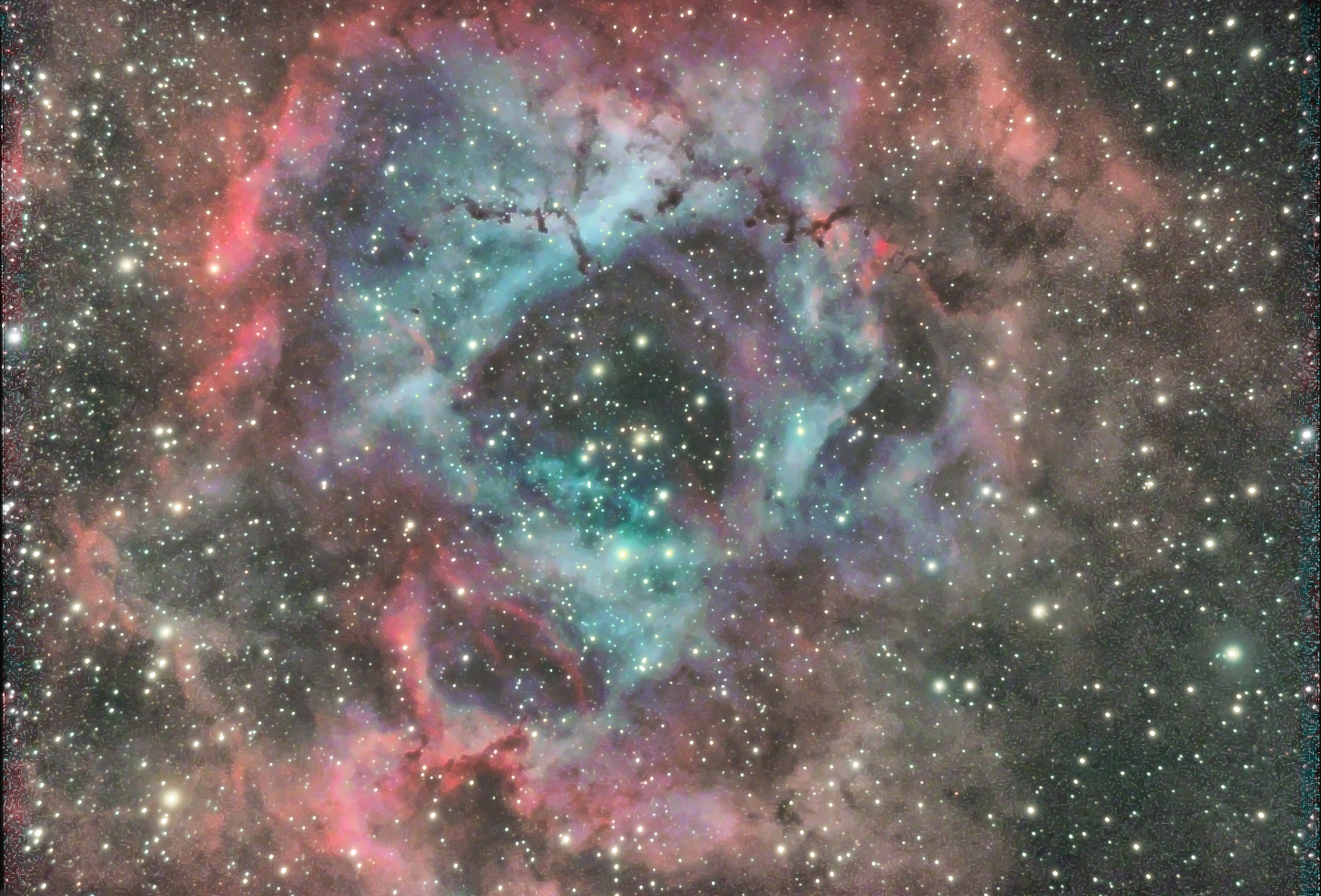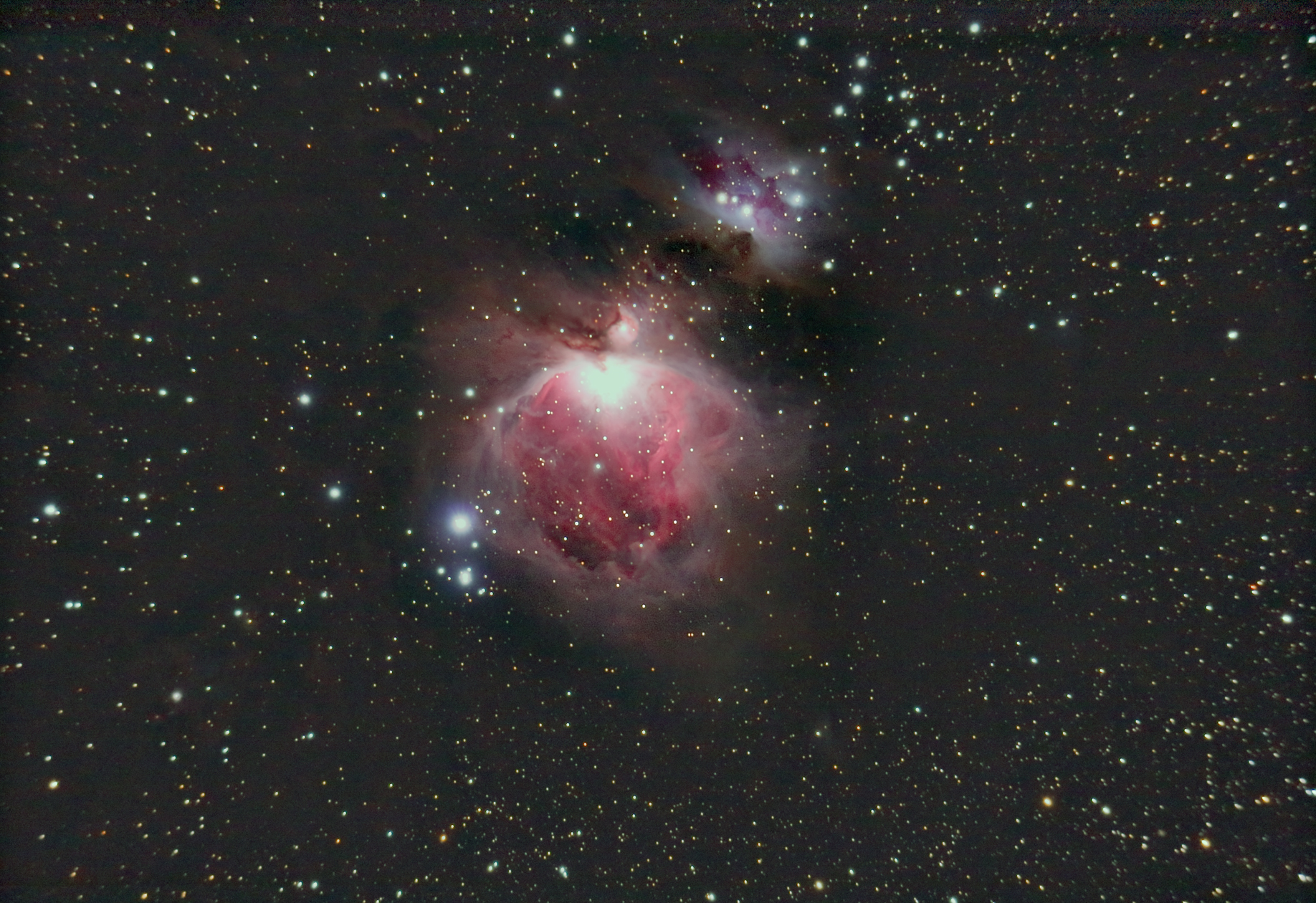-
Posts
1,017 -
Joined
-
Last visited
Content Type
Profiles
Forums
Gallery
Events
Blogs
Posts posted by smerral
-
-
1 hour ago, wornish said:
Fantastic images.
You say you were at 3000mm how did you achieve that I thought the C8 was 2000mm?
Thanks Dave. I had a 2x barlow lens (without the extension tube) screwed onto the end of the camera adapter. This gives around 1.5x. I find this to be an ideal resolution for the C8 when imaging the moon.
-
 1
1
-
-
12 minutes ago, CraigT82 said:
The size of the airy disk is dependent on the wavelength of light, with shorter wavelength light producing smaller airy disks... So theoretically you can resolve smaller details by using shorter wavelength filters (orange, green, blue). However the seeing needs to be correspondingly improved in order to use the shorter wavelengths.
Usually I try red first and see how steady it looks, then I try orange and if that looks sharp I try green. I'd like to try blue but havent had good enough seeing for that yet.
Ah, I'm with you now. I have an RGB filter wheel, so I could indeed have tried green and blue. I'm just so used to using the red because it is best for seeing normally. Next time I get good conditions I will have a go.
-
 1
1
-
-
Thanks everyone. Yes, I think these are probably my best lunar images to date.
1 hour ago, CraigT82 said:Very very nice set of images... beautifully sharp with great resolution. Seeing was obviously great, were you not tempted to try shorter wavelength filters?
I never thought of that Craig, plus I'm not sure I have the right filters? Could you explain a bit more?
-
Last night the seeing was excellent so as well as doing Venus I captured some high res luna. Scope was the C8 at 3000mm. Camara was the Altair GPcam V2. Filter was the Baader 610long pass. 500/2000 frames stacked for each image.










-
 15
15
-
-
Super shot!
-
 1
1
-
-
Hi NV, I used the Revelation Astro IR cut, which, as far as I'm aware, allows some UV through (although it says it's a blocker the in the specs). The Baader certainly does block it. I know there is a difference because if I use the Baader filter with my CaK filter it blocks everything, whereas the Revelation has no effect, so clearly it's letting some UV through. And as you see it has picked something up. Of course we would be better off with a dedicated Venus filter, but I've never got round to shelling out the cash.
-
 1
1
-
-
Venus imaged last night with the C8 and Altair GPcam V2, using a 2.5x powermate. Two images were captured from a stack of 5000/10000 frames, the first using a 742 pass filter, the second using a Wratten #47 violet filter in combination with an IR blocker. These were then combined as RVV. Processed Photoshop. I have two versions with different colour balance.


-
 12
12
-
-
NGC 4244, imaged with the C8 and Starlight Xpress SXVR H9-C. 10x300 secs + 3x600 secs.
NGC 4244 is an edge-on spiral galaxy in the constellation Canes Venatici. It lies approximately 4.1 megaparsecs (14 million light years) away.

-
 6
6
-
-
Scope was the Altair Astro 102 ED-R, used with the Lunt CaK diagonal B600 and the Daystar Quark Chromosphere. Camera was the DMK 31.



-
 7
7
-
-
2 minutes ago, Pete Presland said:
WOW, you must see some incredible sights up there!
Great for aurora, and, when it is clear, great transparency.

-
 1
1
-
-
1 minute ago, Pete Presland said:
where abouts are you mate?
Caithness, about 30 miles south of John O'Groats.

-
 1
1
-
-
1 minute ago, Pete Presland said:
I have just come in from imaging this afternoon, did you get a chance today?
I'm afraid not - cloudy here all day.
-
5 minutes ago, Pete Presland said:
No problem, just nice to compare images. Especially with Venus, particularly because the features can be so subtle at times. Its good to see what other imagers are teasing out of their data.
Exactly Pete, and that's just what I was doing with your earlier posted image just now. Great image by the way. Much more contrast with your set up as might be expected.
-
1 minute ago, Pete Presland said:
Nice end result, when was it from?
Ooops! This was imaged 20th March 2020 at 19.00 UT
-
 1
1
-
-
This with the C8 at prime focus and enlarged 2x. Camera was the Altair GPcamV2 mono. It's a combination of two images from red and violet filters (+ IR blocker). 1000/4000 images stacked. Final processed imaged is R V V.

-
 8
8
-
-
Comet C/2019 Y4 (Atlas) Imaged with the C8 and Starlight Xpress SKVR H9-C at 1100mm . 10x180 sec frames. This has the potential to become a naked eye comet over the coming months.

Click the link below for a video captured over 30 minutes.
-
 7
7
-
-
The Rosette nebula, imaged with the Altair Astro 60 EDF, Starlight Xpress SXVR H9-C and Altair Quadband filter. 9x300 secs + 11x600 secs.
""The Rosette Nebula is a large spherical H II region (circular in appearance) located near one end of a giant molecular cloud in the Monoceros region of the Milky Way Galaxy. The open cluster NGC 2244 (Caldwell 50) is closely associated with the nebulosity, the stars of the cluster having been formed from the nebula's matter.
The cluster and nebula lie at a distance of some 5,000 light-years from Earth and measure roughly 130 light years in diameter. The radiation from the young stars excites the atoms in the nebula, causing them to emit radiation themselves producing the emission nebula we see. The mass of the nebula is estimated to be around 10,000 solar masses.
A survey of the nebula with the Chandra X-ray Observatory has revealed the presence of numerous new-born stars inside optical Rosette Nebula and studded within a dense molecular cloud. Altogether, approximately 2500 young stars lie in this star-forming complex, including the massive O-type stars HD 46223 and HD 46150, which are primarily responsible for blowing the ionized bubble. Most of the ongoing star-formation activity is occurring in the dense molecular cloud to the south east of the bubble.
A diffuse X-ray glow is also seen between the stars in the bubble, which has been attributed to a super-hot plasma with temperatures ranging from 1 to 10 million Kelvin. This is significantly hotter than the 10,000 K plasmas seen in HII regions, and is likely attributed to the shock-heated winds from the massive O-type stars."

-
 11
11
-
-
Thanks everyone.
 Olly, I have Bortle 2-3 skies here in the far north of Scotland. Perhaps the filter does subdue the blues but I've a feeling it's my processing that may have done it. Take a look at my Rosette nebula imaged with the same filter. Eventually I would like to combine the narrowband with the full spectrum image.
Olly, I have Bortle 2-3 skies here in the far north of Scotland. Perhaps the filter does subdue the blues but I've a feeling it's my processing that may have done it. Take a look at my Rosette nebula imaged with the same filter. Eventually I would like to combine the narrowband with the full spectrum image.
-
Orion nebula from last night. Shot with the Altair Astro 60 EDF, Starlight Xpress SXVR-H9C and the Altair Quadband filter. It's a combination of 20x30 sec, 20x180 sec and 10x600 sec exposures.

-
 20
20
-
-
Thanks for the appreciative comments.

-
I was really pleasantly surprised with the results of some lunar imaging I did last night as the seeing appeared variable. Scope is the C8 and camera the Altair GPcam V2. I also used a Baader longpass 610 filter. There are generally around 500/2000 frames stacked. The wider field shots are at prime focus. I added a 1.5x barlow for the close ups.










-
 20
20
-
 1
1
-
-
Thank you Ciaran.

-
I thought I'd have a play with the Skywatcher Star Adventurer mount last night. Scope was the Altair Astro 60 EDF and camera the Canon 1000D (modded). I found that 60 sec exposures were fine, 120 secs I discarded about half of them. Altogether this is a stack of 20x60 secs + 19x120 secs + 6 darks. Captured using APT and stacked with Astropixel Processor. Processed in Photoshop.

-
 15
15
-
-
Thanks for the comments.









































Venus 18 May 2020
in Imaging - Planetary
Posted
Venus imaged last night with the C8, 2.5x powermate and Altair GPcamV2 mono. 2500/10000 frames.